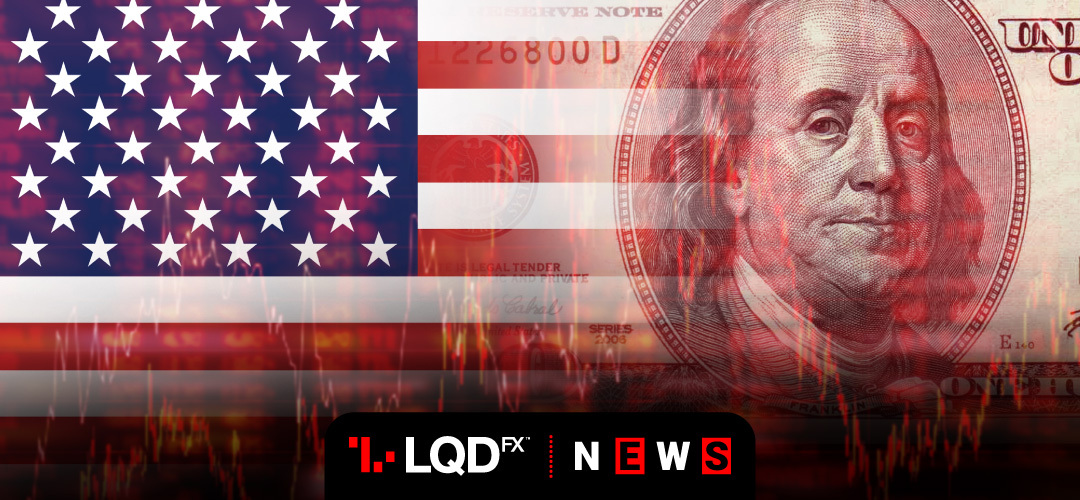Storm clouds gathered over the U.S. economy as hopes for swift recovery from the coronavirus pandemic have now been dashed after the FED meeting.
The Federal Reserve signalled it plans years of extraordinary support for the U.S. economy. Policymakers’ first projections showed that the US economy will shrink by 6.5% in 2020. Also, projections about unemployment rate were 9.3% at the end of this year. The U.S. central bank confirmed rates would stay near zero through 2022.
While growth may resume this year, policymaker forecasts show the rebound beginning in earnest in 2021.
Fed Chair Jerome Powell acknowledged it could take years for 20 million or more people to all reacquire jobs. Fed’s single-minded mission is to bring the job market back to where it was at the end of last year. Further, Powell confirmed the Fed was studying yield curve control, a form of easing already employed by Japan and Australia.
“This is the biggest economic shock in living memory,” Powell said. The response “has been large, forceful and very quick … In a class by itself.”
The dollar bounced against riskier currencies after the U.S. Federal Reserve’s economic outlook spooked investors.
An apparent resurgence in COVID-19 cases across the United States after five weeks of declines have also frightened markets.
On the trade war front, China and the United States should resume timely communication on trade and other issues according to an adviser to the Chinese cabinet. He stressed that the world’s two biggest economies are too intertwined to be decoupled. The coronavirus pandemic has worsened already poor relations between Beijing and Washington.
START TRADINGForex – Storm clouds gather over US economy
Fed’s dire projections prompted investors to dump commodity-linked currencies. High-beta currencies heavily geared towards global growth. A strong rally in risk assets halted this week.
Against a basket of its rivals, the dollar weakened 0.1% to 96.04 after edging 0.2% higher in Asian trade. Moreover, the U.S. currency was on the back foot on Thursday on concerns of a second wave of coronavirus infections.
Versus the Swiss franc, the dollar slipped to a three-month low and it languished near a one-month low versus the yen. The dollar was last at 107.20 yen, after hitting a one-month trough at 106.87.
The euro rose 0.1%, leaving open the possibility of more downside for the dollar once the dust settles. The single currency last bought $1.1385.
The pound fell against the dollar and euro on Thursday, on track to end its longest winning streak against the U.S. currency in 2-1/2 years. Brexit-related concerns and speculation about negative rates weighed on sterling again.
The sterling had risen 3.9% against the dollar in 10 consecutive days of gains starting on May 28. Analysts say it is behaving like a “risk currency”. Versus the dollar, the pound fell as much as 0.8% on the day to $1.2651 at 0710 GMT.
Against the euro, the pound fell overnight, then steadied in early London trading. By 1025 GMT it was at 89.70 pence, down around 0.5% on the day.
Oil prices also turned lower amid renewed concerns about demand and after U.S. data showed crude inventories had risen to record highs.
Brent crude futures fell $1.56, or 3.7%, to $40.15 a barrel. U.S. crude lost $1.57 to $38.03 as both headed for their first weekly drop since April.
PLEASE NOTE The information above is not investment advice.
Sources: Reuters, Investing, CNN money
